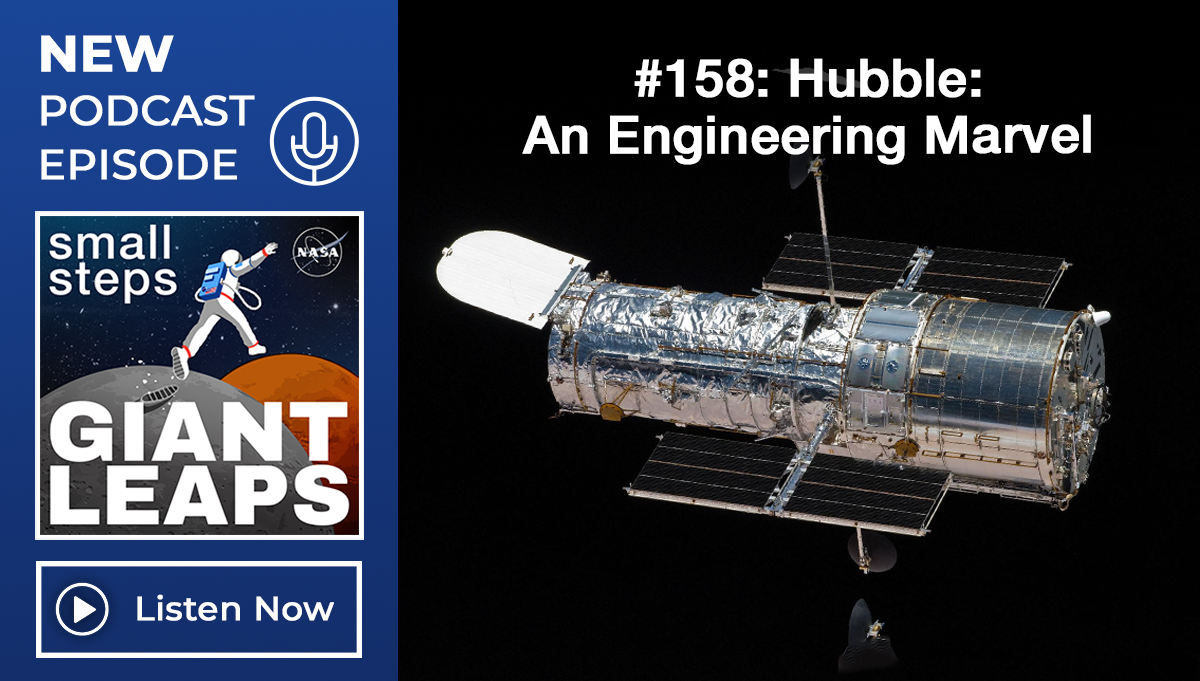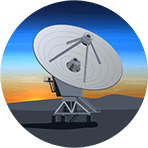June 27, 2008 Vol. 1, Issue 5 On June 3, 1965, Gemini IV began a four-day mission that included the first extra-vehicular activity (EVA) performed by an American astronaut.
APPEL News
June 27, 2008 Vol. 1, Issue 5 Team learning requires awareness of the need for improvement, says research psychologist Dr. Gary Klein in a video interview with knowledge management expert Patrick Lambe.
February 27, 2009 Vol. 2 Issue 2 Communication and risk management were consistent themes in a wide-ranging panel discussion featuring six NASA senior leaders.
February 27, 2009 Vol. 2 Issue 2 What is the most effective way to utilize a Standing Review Board to increase a project’s likelihood of success? Four NASA veterans offered their perspectives at PM Challenge.
February 27, 2009 Vol. 2 Issue 2 A new software-based simulation can serve as a learning tool for project management.
February 27, 2009 Vol. 2 Issue 2 The Boeing Corporation, ARES Corporation, and Oceaneering Space Systems received the 2008 George M. Low Award at PM Challenge.
February 27th, 2009 Vol. 2 Issue 2 How do we create what never was, and why do we do it? Acting Administrator Chris Scolese and Chief Engineer Mike Ryschkewitsch offered some insights at PM Challenge.
February 27, 2009 Vol. 2 Issue 2 Twenty-five years ago, astronauts Bruce McCandless II and Robert L. Stewart made the first untethered spacewalks in history during Space Shuttle mission STS-41B.
February 27, 2009 Vol. 2 Issue 2 Increasing project complexity and a global market for talent are driving trends toward the establishment of project academies and the certification of project managers.





